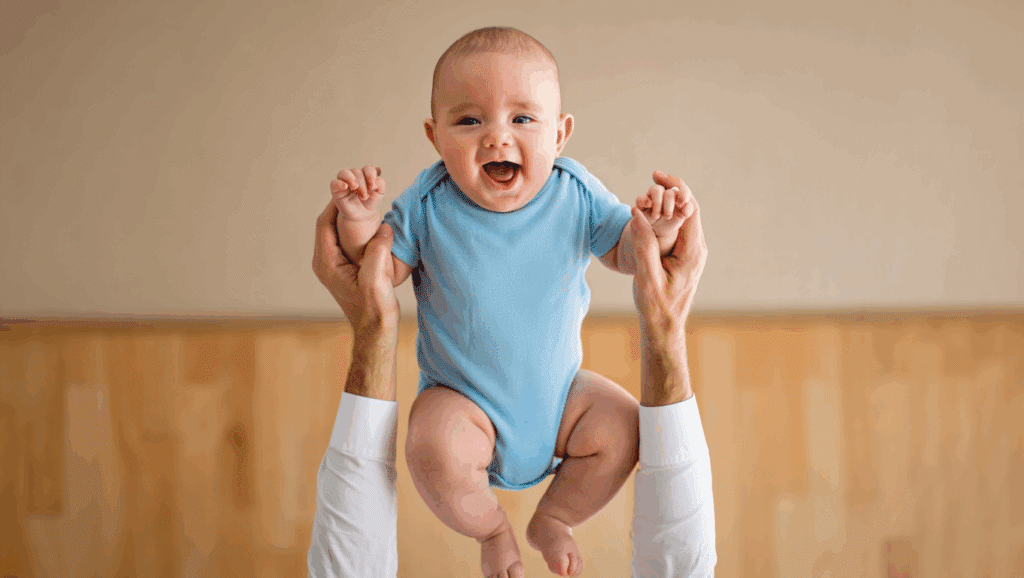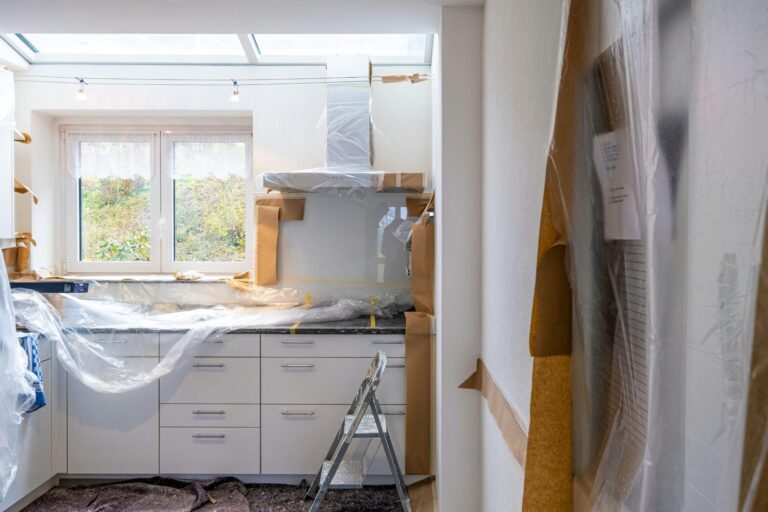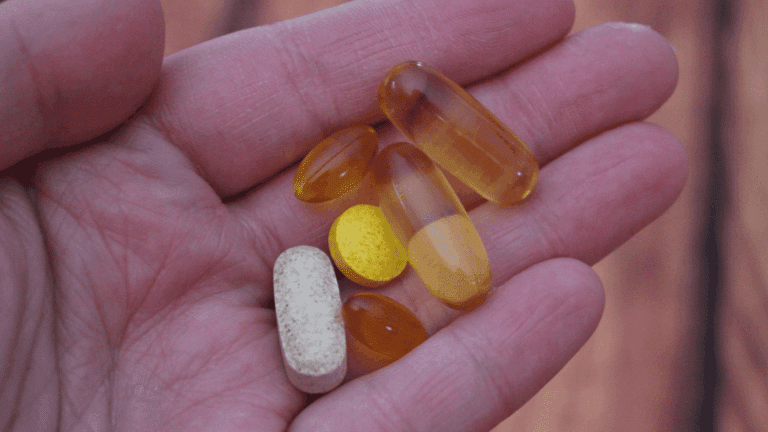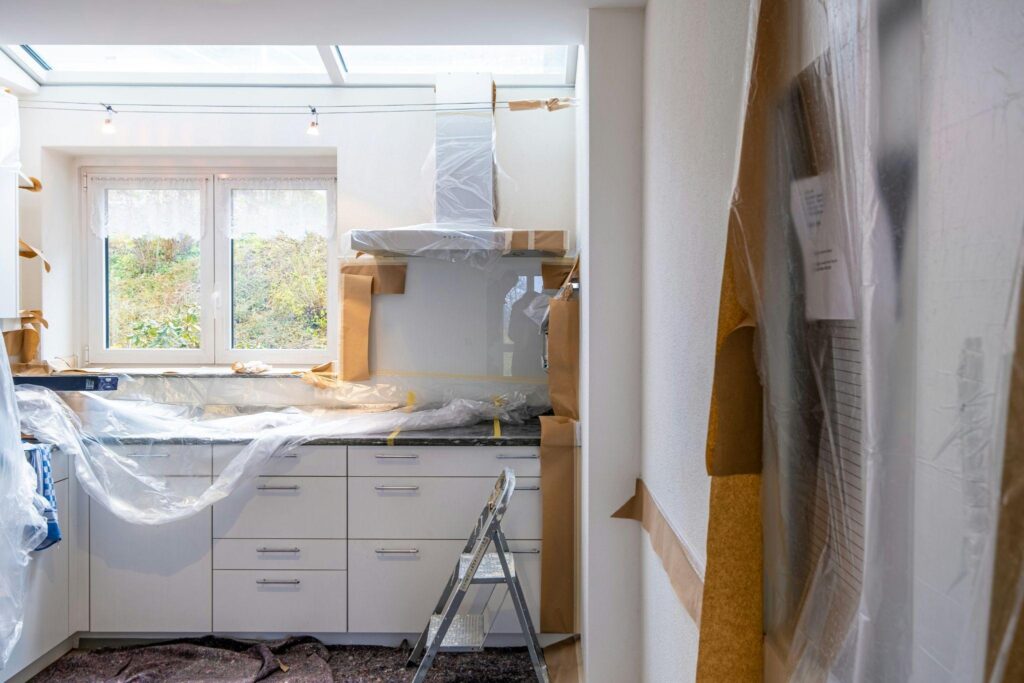When a toddler bounces with pure joy, parents often wonder if they just witnessed their first real jump. Jumping isn’t just adorable play, it’s a powerful signal of brain-body coordination development.
Parents will learn the crucial age markers that matter most and simple ways to track their child’s progress.
From tiny bounces to full leaps, understanding these milestones helps parents support their little one’s physical growth. Every bounce tells a story about development.
The Science Behind the Jump
Jumping represents a major leap in child development, literally and figuratively. When children master this jumping milestone, their brains are coordinating multiple systems at once.
The nervous system must sync both sides of the body, while leg muscles generate enough power to lift their entire weight off the ground.
This complex move requires gross motor skills, balance control, and precise muscle timing. Research shows children typically achieve jumping with both feet around age 2, usually after six months of independent walking.
The bilateral coordination needed for jumping also strengthens neural pathways that support future learning skills. Every successful jump proves a child’s brain and body are communicating effectively, setting the foundation for more complex movements ahead.
Key Jumping Milestones (and the Age Windows to Expect Them)

Understanding when children typically reach each milestone helps parents track development without worry. While every child grows at their own pace, these age ranges provide helpful guideposts.
Here are the five major stages parents can expect to see.
1. Pre-Jump Movements (12–18 months)
Before the first real jump, preparation is essential. Toddlers start by squatting down and bouncing up on their toes, building the necessary leg strength. They practice rising onto tiptoes, which strengthens calf muscles for future jumps.
Parents might notice their child bouncing in place while holding furniture, bouncing when music plays, or bending knees repeatedly in a standing position. These movements develop the muscle memory and coordination needed for this crucial jumping milestone.
2. Two-Feet Takeoff (18–24 months)
The magic moment arrives when both feet leave the ground together for the first time. Initially, children might push off with just one foot or barely clear the floor with minimal height.
By 24 months, most toddlers can achieve true ground clearance with both feet simultaneously.
This jumping milestone typically appears after six months of independent walking, when leg muscles have developed sufficient strength and balance has improved enough to support coordinated takeoff and landing.
3. Jumping Forward (24–30 months)
Once vertical jumping develops, children add horizontal direction to their movement. They can jump forward approximately 3-4 inches while maintaining proper balance upon landing.
Their knees bend correctly during takeoff, and they land without stumbling or falling. This progression shows improved muscle control, spatial awareness, and motor planning.
Children begin understanding how to control both the power and direction of their jumps during this important jumping milestone phase.
4. Jumping Down from a Step (2.5–3 years)
Courage meets coordination as children master jumping down from low surfaces like steps or curbs.
They learn to gauge distance and height, then land safely without assistance. This milestone requires both confidence and physical ability, combining depth perception with muscle control.
Most children master this skill before age 3, though some may show initial hesitation. The ability to jump down demonstrates trust in their own physical capabilities and advanced balance skills.
5. Hop, Skip, and Jump Combo (3–4 years)
Complex movement sequences begin emerging as children combine different jumping patterns.
They can hop on one foot, skip with alternating steps, and chain together various jumping movements. This shows advanced motor planning, bilateral coordination, and rhythm development.
Children might create their own jumping games or follow multi-step instructions like “hop three times, then jump forward.”
This jumping milestone represents sophisticated brain-body communication and sets the foundation for future athletic and coordination skills.
What’s Typical vs. Concerning?
Every child develops differently, but persistent difficulty with jumping by age 2.5-3 years warrants attention.
Signs like asymmetrical jumping, frequent falls, or extreme resistance may indicate underlying issues requiring professional evaluation.
How to Track and Encourage Each Jumping Milestone
Parents can easily monitor their child’s progress with simple tracking methods. Keeping a record helps identify patterns and celebrate achievements along the way.
Simple Tracking Method
1. Photo Journal: Capture videos of bouncing, first jumps, and new skills
2. Milestone Calendar: Mark dates when new jumping abilities appear
3. Pediatric Checklists: Use developmental screening tools from doctors
4. Monthly Notes: Write brief observations about physical play preferences
Regular documentation helps parents notice gradual improvements. A child who struggles with balance one month might show significant progress the next.
Photos and videos also provide valuable information for pediatricians during check-ups.
Encouraging Safe Practice
Creating opportunities for practice helps children master each milestone naturally. Safe spaces with soft surfaces work best for early attempts.
| Tip | What to Do |
|---|---|
| Create Safe Spaces | Use soft surfaces like grass or mats for safe practice |
| Model Movements | Demonstrate jumping to help kids understand the motion |
| Make it Fun | Use games like “jump like a frog” or “hop like a bunny” |
| Remove Pressure | Allow children to progress at their own pace without forcing attempts |
| Start Small | Begin with small bounces and build up to bigger jumps gradually |
Red Flags to Watch
These warning signs don’t always indicate serious problems, but they warrant discussion with healthcare providers. Early intervention often helps children catch up quickly when needed.
- Toe walking consistently after age 3
- Avoiding playground equipment or physical activities
- Asymmetrical movement patterns during jumping attempts
- Extreme fear of jumping down from small steps
- No jumping attempts by age 2.5-3 years
Disclaimer: These signs don’t always mean something serious, but discussing them with a healthcare provider can help. Early intervention often leads to quick progress.
Fun and Safe Activities That Help Your Child Leap Ahead
Parents can turn these milestone practices into exciting play with these simple activities. Each game builds strength, coordination, and confidence while keeping children engaged.
| Activity | Setup | Safety & Location |
|---|---|---|
| Jump-Over-the-Line Tape | Place colorful tape on the floor in lines. Start narrow, widen gradually. | Use painter’s tape. Indoor: hallways. Outdoor: sidewalks. |
| Hopscotch with Pillows | Arrange firm pillows in a hopscotch pattern for soft jumping. | Place on the carpet. Indoor: bedrooms. Outdoor: grass with outdoor cushions. |
| Mini Trampoline Play | Supervised bouncing on small trampolines with handles. | Always supervise. Check weight limits. Indoor/outdoor with proper space. |
| Animal Jumps | Teach “frog jumps” (squat-leap) and “kangaroo hops” (bounce forward). | Demonstrate first. Use soft surfaces. Any open indoor/outdoor space. |
| Simple Obstacle Course | Low boxes, hula hoops, soft barriers to jump over/through. | Keep obstacles low and soft. Indoor: cushions. Outdoor: stepping stones. |
| Dance Party with Jump Cues | Play music, call “jump now!” Include freeze dance elements. | Short sessions (10-15 min). Age-appropriate music. Indoor/outdoor open spaces. |
Takeaway
Every child’s jumping milestone looks different, and that’s perfectly normal.
Some toddlers leap ahead early, while others build confidence slowly. Progress matters more than perfection.
Parents should trust their instincts; if something feels concerning, seek professional guidance. But in most cases, patience wins. Each tiny bounce and wobbly landing deserves celebration.
This milestone represents growing independence, courage, and joy in movement. Support the process, celebrate every jump, and trust that each child will find their rhythm in their own time.


















